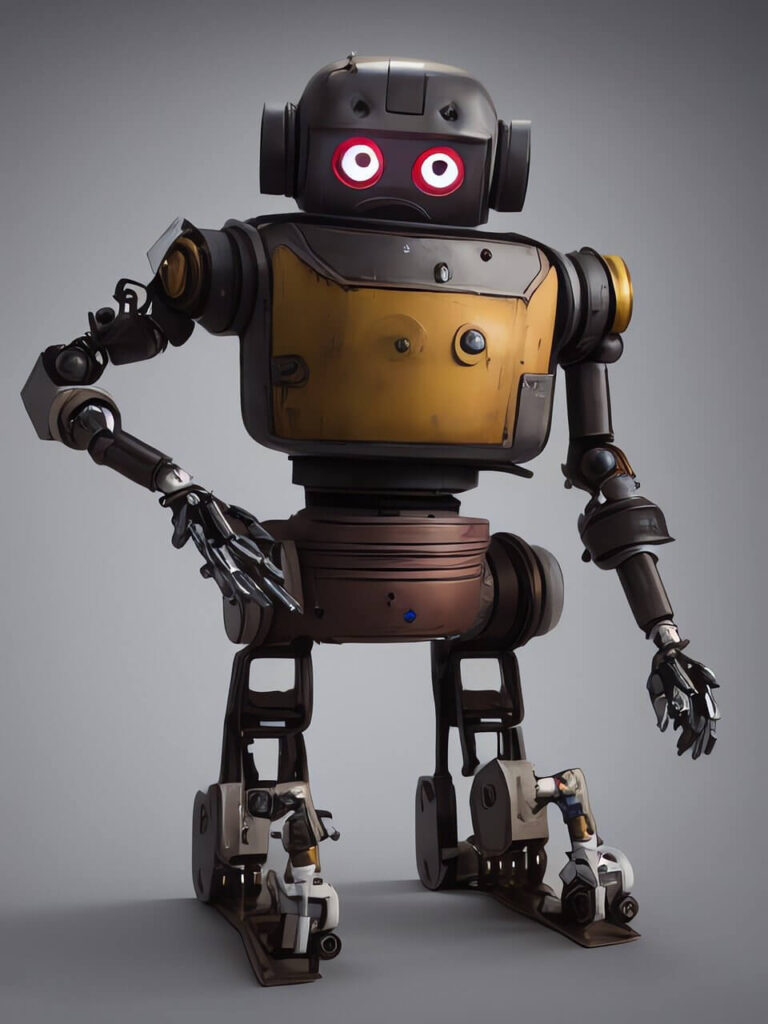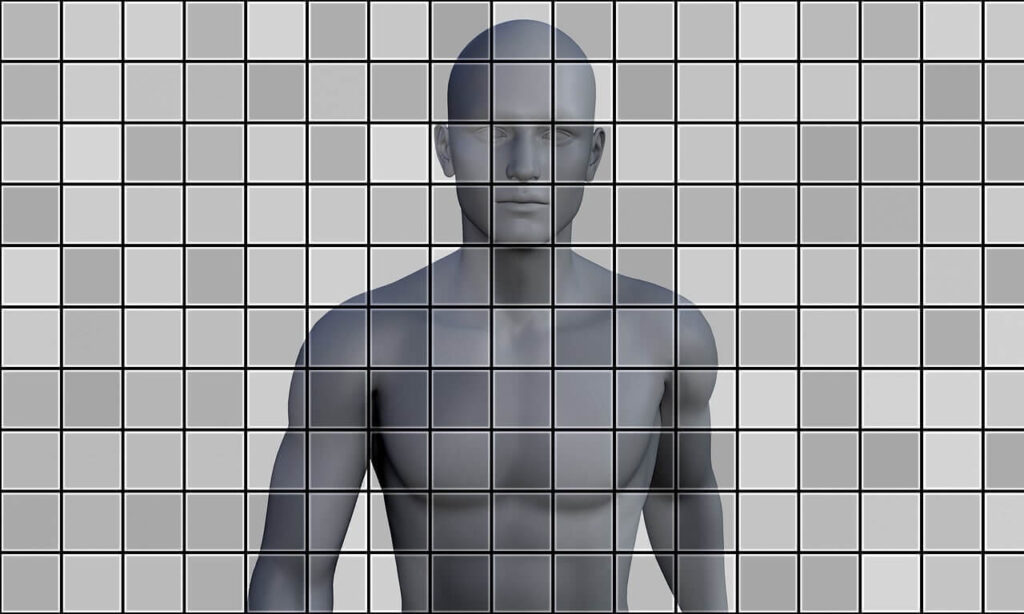
In modern warfare, the integration of artificial intelligence (AI) has initiated a paradigm shift. Notably, AI hallucinations—a sophisticated technique of generating deceptive images or scenarios—have come to play a significant role. The concept of AI hallucinations is rooted in advanced machine learning algorithms that can create realistic yet misleading perceptions to deceive enemy systems. By disrupting the adversaries’ understanding of reality, these hallucinations can provide strategic advantages on the battlefield. The impact of AI hallucinations extends beyond mere deceptions. They can revolutionize aspects such as command and control systems, nuclear counterstrikes, cheating detection in warfare games, and integrated speech solutions on the battlefield. Additionally, they open discussions about ethical considerations and future implications. This article will discuss the varied aspects associated with AI hallucinations, shedding light on how AI hallucinations are changing the face of modern warfare while presenting potential challenges and opportunities.
AI Integration in Modern Warfare

It is important to understand the extent of the ingress of AI into warfare to estimate and get a perspective into the AI hallucination aspect, which will be utilised by friends and foes alike.
As the digital age continues evolving, so does the face of warfare. The traditional battlefield is being revolutionized by AI integration in war. This new era is characterized by a shift towards artificial intelligence-led command and control systems and decision-making capabilities, particularly in high-stakes scenarios such as nuclear conflict.
Automation of Command and Control:
Artificial Intelligence has drastically transformed the command-and-control mechanisms in modern warfare. Unlike human commanders, AI systems can process vast amounts of data at lightning speed, enabling swift and accurate decision-making. From analysing enemy positions to coordinating troop movements, these systems provide a strategic advantage on the battlefield. For instance, the US Defense Advanced Research Projects Agency (DARPA) is developing an AI-driven system known as Mosaic Warfare. This technology aims to create a dynamic, adaptable combat force by integrating various systems into an intricate network. Rather than relying on a few large assets, Mosaic Warfare breaks down military capabilities into smaller, more flexible pieces that can be rearranged in countless ways to adapt to changing battle conditions; “A New Era for Command and Control.” DARPA – Defense Advanced Research Projects Agency, 18 June 2020, www.darpa.mil/work-with-us/a-new-era-for-command-and-control; AI’s role in automating command and control systems doesn’t stop at organizing assets or interpreting data. It also extends to predictive analytics. By analysing historical and real-time data, AI can accurately predict enemy actions. This allows military forces to anticipate attacks and respond proactively rather than reactively.

AI Decision-Making in Nuclear Conflict:
In nuclear conflict scenarios where the stakes are unimaginably high, the enhanced decision-making capabilities of AI could prove invaluable. Human decision-makers may succumb to stress or emotion, leading to catastrophic mistakes. However, an AI system could analyse all available information objectively and swiftly before making a calculated decision. Consider an escalating geopolitical conflict teetering on the brink of nuclear war. An AI system could continuously monitor developments and calculate risk levels based on political rhetoric, troop movements, or missile tests. It could then advise human commanders about potential countermeasures or diplomatic solutions. However, AI’s role in the nuclear conflict isn’t without its complexities. Using such technology raises questions about accountability and ethics – who bears responsibility if an AI system misjudgement leads to a nuclear catastrophe? These complex issues need careful deliberation as nations continue exploring AI’s role in modern warfare.
AI in Nuclear Counterstrikes:
The role of artificial intelligence (AI) in modern warfare extends to managing nuclear conflict scenarios. By integrating AI into command-and-control systems, military operations can enhance decision-making processes, especially in high-stake situations such as a nuclear standoff.
Artificial Intelligence for Effective Counter-strikes-
AI technologies have the potential to revolutionize nuclear counterstrikes, offering unprecedented levels of precision and efficiency. Advanced algorithms and machine learning models can analyse vast amounts of data to predict possible attack trajectories, effectively aiding in the planning and execution of countermeasures. An example of AI application in this domain could be the utilization of predictive modelling to calculate the optimal response to a nuclear launch based on numerous variables such as launch location, trajectory, speed, and predicted fallout pattern.
AI: Addressing Uncertainties and Minimizing Risks
Uncertainty is a constant factor in military operations, particularly in nuclear contexts. However, AI can help mitigate this by providing more accurate risk assessments. AI can forecast potential outcomes with greater accuracy through complex simulations and predictive analytics than traditional methods. For instance, AI could evaluate the potential chain reactions of a nuclear counterstrike, considering factors such as civilian population density and proximity to allied nations. This enables military decision-makers to choose the most effective yet least destructive action.
Benefits and Challenges of AI Integration in Military Operations-While the integration of AI in warfare presents significant advantages, challenges remain. Notably, the need for robust cybersecurity measures to protect these advanced systems from enemy interference becomes paramount.

Cheating Detection with artificial intelligence (AI)
This has emerged as an essential tool in modern warfare, especially in detecting and preventing cheating. A unique aspect of AI integration in warfare is its ability to create hallucinations, imaginary players, and decoy characters to identify and counteract potential cheats. AI hallucinations are essentially sophisticated simulations that trick cheat programs into revealing themselves. Cheat programs are designed to exploit certain elements within a game’s code. By creating hallucinations, AI can produce elements that appear real to the cheat program but are traps designed to expose them. A parallel between these AI hallucinations and decoy targets used in actual warfare scenarios can be drawn. Just like a military might use decoy aircraft to confuse enemy radar systems, AI hallucinations serve to confuse cheat programs, leading them into traps and exposing their presence.
“AI integration in warfare extends beyond strategy and command systems; it plays a crucial role in maintaining integrity and fairness by detecting cheating attempts.”
Also Read: Big data and artificial intelligence (AI) will revolutionize the military domain
Imaginary players and decoy characters crafted by AI also play a significant role in anti-cheat measures. These entities exist within the game environment and interact with real players, all while monitoring for any unusual activity indicative of cheating. They help maintain an element of unpredictability within the game environment, making it harder for cheats to function effectively. The role of AI characters and clones is equally important. They mimic human behaviour within the game environment, making it challenging for cheaters to distinguish between real players and AI entities. This confusion hampers the cheater’s ability to exploit the system and aids in their detection. While AI offers impressive capabilities in detecting cheats, it does not work alone. A synergistic collaboration between AI and human anti-cheat squads enhances the effectiveness of these measures. While AI can quickly analyse vast amounts of data to identify potential cheats, human teams bring their intuitive understanding of gameplay and player behaviour to verify these findings. Thus, artificial intelligence plays a substantial role in maintaining fairness in modern warfare simulations by preventing cheating. The combined use of AI hallucinations, imaginary players, decoy characters, and human expertise allows for effective cheater detection while enriching the gaming experience for honest players.
AI-Powered Autonomous Systems in Warfare

The advent of AI tools in modern warfare has opened new avenues, changing the face of conflicts as one knows it. One such game-changer is the integration of AI-powered autonomous systems, which have the potential to revolutionize military operations.
Integrated Speech Solutions:
In a dynamic battlefield environment, communication is key. Miscommunication or a delay in conveying critical information can lead to catastrophic consequences. This is where integrated speech solutions come into play. These systems offer an advanced level of communication, harnessing the power of AI to enhance clarity and speed. By integrating real-time voice translation and other sophisticated features, they ensure seamless communication between soldiers, irrespective of their native language. Beyond these immediate benefits, integrated speech solutions bring several other advantages:
-Mitigating Language Barriers: Soldiers from different nationalities often collaborate on international peacekeeping missions. Here, integrated speech solutions can bridge the language divide, allowing for effective coordination.
-Enhancing Command Control: High-ranking officials can communicate their orders more efficiently with ground troops, reducing the likelihood of misunderstandings or errors.
-Improving Situational Awareness: Real-time translation facilitates quicker decision-making by providing immediate access to crucial information relayed in foreign languages.
AI-powered autonomous systems are not limited to enhancing communication alone. They have been progressively branching out into more tangible forms, such as lethal autonomous weapons (LAWs), AI-enabled drones and even AI-powered killer robots. These developments becoming increasingly prevalent on modern battlefields. These autonomous systems can execute complex tasks with minimal human intervention – from reconnaissance missions and tactical strikes to neutralizing threats. The exploration of AI-powered autonomous systems in warfare is constantly evolving with advancements in technology and strategy.
AI-Based Landmine Detection System

AI tools are integral in modern warfare, particularly landmine detection. These devices leverage AI to detect and neutralize landmines with remarkable precision. AI-powered autonomous systems are revolutionizing how military operations handle landmines, making the process safer and more efficient. For instance, AI-enabled drones can scan vast land areas swiftly, identifying potential threats with accuracy that surpasses human capabilities. Recent advancements in technology have led to the development of AI-powered killer robots that can detect and disarm these dangerous explosives without risking human lives. This breakthrough is a testament to the versatility of AI in addressing some of the most pressing challenges faced by military troops on the battlefield. The benefits of using an AI-based landmine detection system extend beyond safety and efficiency. These technologies ensure accuracy and reliability in high-risk situations by reducing dependency on manual labour and minimizing potential human error.
Ethical Considerations and Future Implications
Integrating AI technologies in modern warfare is not without ethical concerns. AI-governed systems and superintelligent machines pose significant moral and ethical questions requiring careful consideration.
Also Read: Advent of the Artificial Intelligence era
The Moral Quandary of AI in Warfare:
Firstly, there’s the issue of accountability. There’s a clear chain of command and responsibility in a traditional warfare scenario. But when one introduces an AI system, who is held accountable for its actions? Can one hold a machine or its creator responsible if things go awry?
The Dangers of Superintelligent Machines:
Potential risks associated with superintelligent machines are another area of concern. These systems could outperform humans in most economically valuable work, leading to drastic societal changes. The risk emerges when these systems start making decisions without human oversight. An AI system might make a decision that appears sound from a strategic standpoint but fails to consider the human cost of its actions – a nuance that a human commander would typically weigh.
Automated Battlefield Decision-Making Systems:
Automated battlefield decision-making systems bring one back to accountability. Furthermore, these systems raise concerns about potential misuse or abuse by malicious entities. If not properly secured, these systems could be manipulated to cause harm rather than prevent it.
Autonomous Robots on the Battlefield:
Finally, autonomous robots present both practical and ethical challenges. From a practical standpoint, ensuring reliable performance under unpredictable battlefield conditions is necessary. Ethically, there are questions about whether it’s justifiable to delegate life-or-death decisions to an autonomous machine. While AI technologies offer immense potential for enhancing military capabilities, it is crucial to navigate these ethical minefields carefully. The use of AI in warfare should always be governed by international law and respect for human rights and dignity. As one continues exploring AI hallucinations’ role in modern warfare, these ethical considerations will remain at the forefront of the discussion.
Conclusion

An examination reveals the intriguing relationship between AI hallucinations and modern warfare. The article probed into AI integration in warfare, from automating command and control systems to their potential in nuclear counterstrikes. The role of AI in cheating detection, creating hallucinations, imaginary players, and decoy characters, was scrutinized. AI-powered autonomous systems, such as integrated speech solutions and AI-based landmine detection systems, were also explored. The ethical implications of these technologies were, touched upon concerning concerns regarding AI-governed systems and the potential risks of superintelligent machines. The impact of AI hallucinations in warfare is undeniably significant. As the line between human-led and AI-led military operations blurs, the strategic employment of these hallucinations could revolutionize battlefield strategies. The more AI gets embedded into warfare, the more trust a warfighter would have in the outputs presented by these systems, the emergence of AI hallucinations is going to shatter that trust.
This emerging aspect of AI warrants careful study into its use, protective methods against misuse by adversaries, and ethical considerations, as one moves forward into a new era of warfare.

